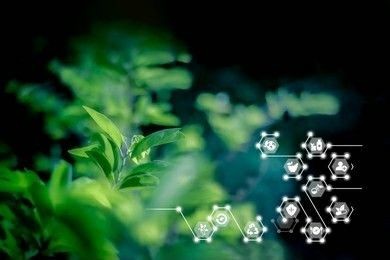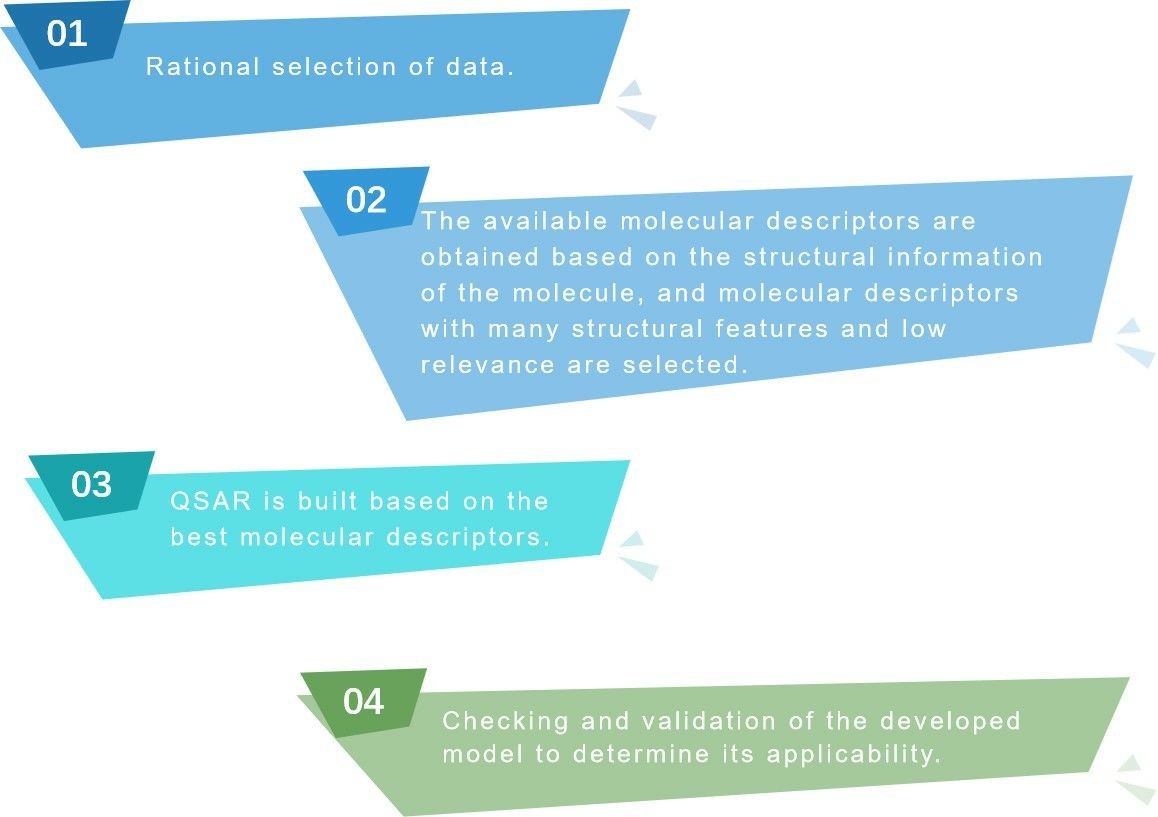Toxicity Analysis of Herbal Medicines
Inquiry
Safety, efficacy, and quality control are the three most fundamental elements of a drug's properties. The strength of medicine depends not only on its effectiveness but also on its toxicity. Herbal medicine is essentially a combination of ingredients working together, acting in combination on multiple target organs and targets. This characteristic of herbal medicines makes it more challenging to evaluate the safety of herbal medicines and to analyze the results. Lifeasible offers simple and rapid preliminary screening and analysis of herbal toxicity through computerized predictive and virtual screening techniques that integrate chemistry, molecular biology, toxicology, statistics, and computer science. We build mathematical and computer models to investigate the toxic compounds, side effects, and mechanisms of toxicity of herbal medicines.

Quantitative structure-activity relationship (QSAR)
We use statistical methods or machine learning algorithms to model molecular structure parameters and toxicity endpoints to predict the toxicity of unknown compounds by calculating the parameters of the molecule's chemical structure from the characteristics of the compound itself. We increase the accuracy and confidence of our QSAR models by developing appropriate sample sizes, choosing appropriate descriptors, and internal and external validation.
Module
- Hepatotoxicity. Indicators include alkaline phosphatase (ALP), gamma-glutamyl transpeptidase (GGT), lactate dehydrogenase (LDH), alanine aminotransferase (ALT), glutathione aminotransferase.
- Acute toxicity. LD50 model for oral administration to rats.
- Estrogen receptor effects.
- CYP isoenzyme inhibition. Predictable inhibition of 1A2, 2C9, 2D6, 3A4 isoforms.
Steps

Applications
- Early-stage drug development toxicity screening.
- Pre-screening of drugs for genotoxicity, carcinogenicity, mutagenicity, and developmental toxicity (i.e., CMR effects).
- Compensating for missing values in existing databases of study substances.
- Toxicity studies of drug impurities.
Herbal medicines contain a wide range of chemical components, and traditional methods to identify potentially toxic elements in herbal medicines are time-consuming and laborious, and due to the small number of chemical components, it is difficult to obtain sufficient quantities for in vivo and in vitro studies. Lifeasible offers a computerized predictive model that allows toxicity prediction based on the compound's molecular structure alone, allowing early screening of toxic components when the chemical structure of the herbal component is determined, and providing guidance for further in vivo and in vitro studies. Please feel free to contact us to submit your prediction requirements.
For research or industrial raw materials, not for personal medical use!
Related Services


